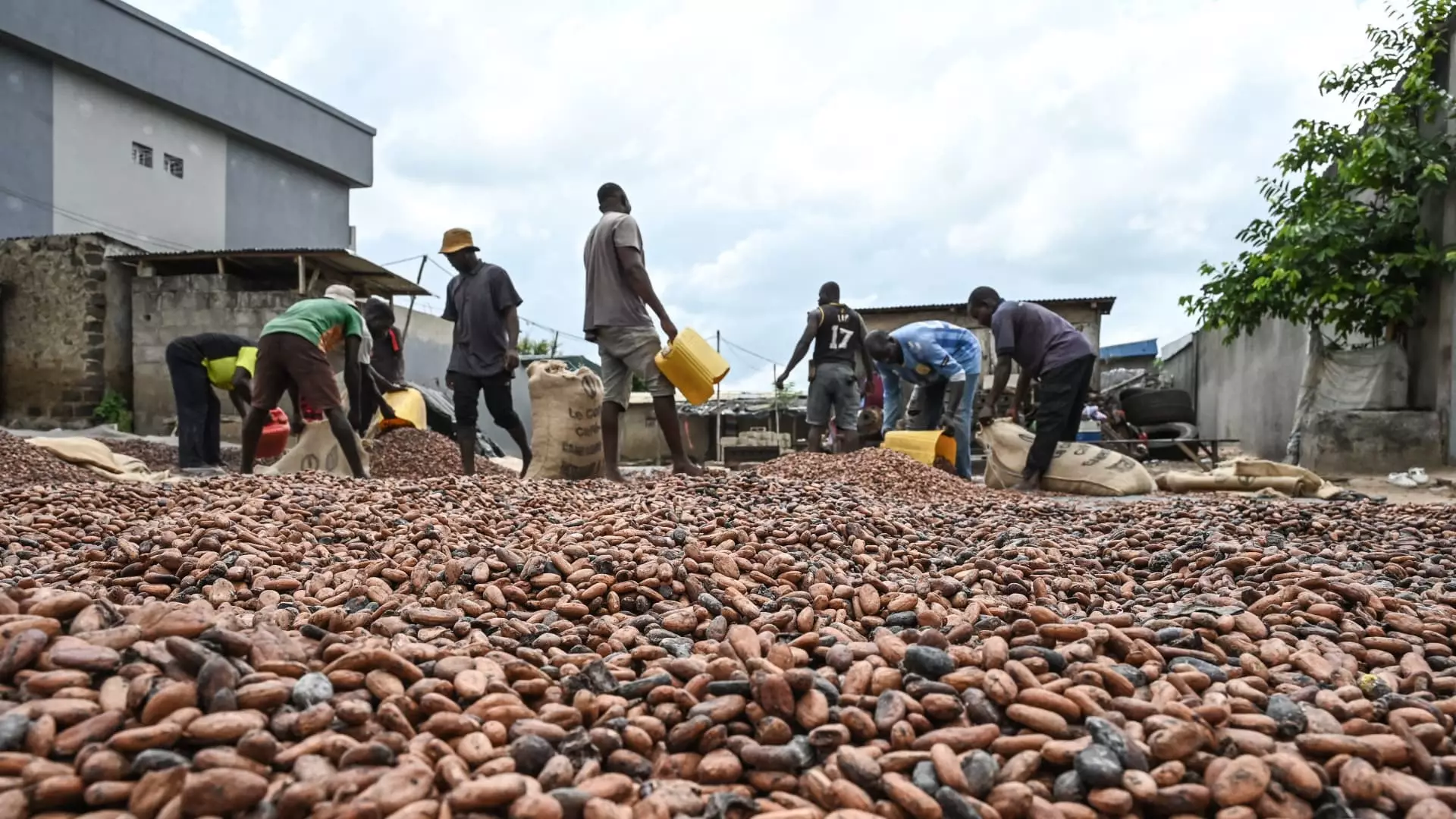The cost of cocoa, a key ingredient in chocolate production, has been steadily increasing due to concerns over the supply of cocoa in West Africa. With around three quarters of the world’s cocoa production coming from this region, any disruptions in the supply chain can have significant implications on the overall market. This has driven benchmark ICE cocoa futures to stand at $6,549 per metric ton, marking a more than 57% increase year-to-date.
No Significant Demand Destruction Yet
Despite the sharp increase in cocoa prices, there has been no sign of significant demand destruction in the market. This is rather surprising, considering that high prices usually lead to a decrease in demand for agricultural commodities. However, cocoa seems to be an exception, with consumers continuing to purchase chocolate products. This can be attributed to the fact that chocolate is often considered a compulsive purchase, leading to consistent demand even with soaring prices.
Major chocolate companies like Hershey are feeling the impact of rising cocoa prices, with profit warnings being issued due to the expected limit on earnings growth. Companies are facing the challenge of balancing the escalating costs of cocoa with maintaining profitability. This raises concerns about how much higher cocoa prices can rise before significant demand destruction occurs, ultimately affecting the market equilibrium.
The price rally in cocoa, sugar, and coffee can also be attributed to global factors such as the El Niño phenomenon. Dryness in regions like Southeast Asia, India, Australia, and parts of Africa has disrupted agricultural production, leading to an increase in prices for soft commodities. El Niño, which results from elevated sea temperatures in the eastern Pacific, can escalate weather extremes like storms and droughts, further impacting supply chains and market dynamics.
The rising cost of cocoa is a complex issue with multiple factors at play. While supply concerns in West Africa are driving prices up, the lack of significant demand destruction shows the resilience of the chocolate market. Chocolate companies are facing challenges in navigating the volatile cocoa market, with the need to balance costs and profitability. Global factors like the El Niño phenomenon add another layer of complexity to the situation, affecting soft commodity prices worldwide. Monitoring these trends closely is essential for stakeholders in the cocoa and chocolate industry to make informed decisions and adapt to the changing market conditions.


Leave a Reply